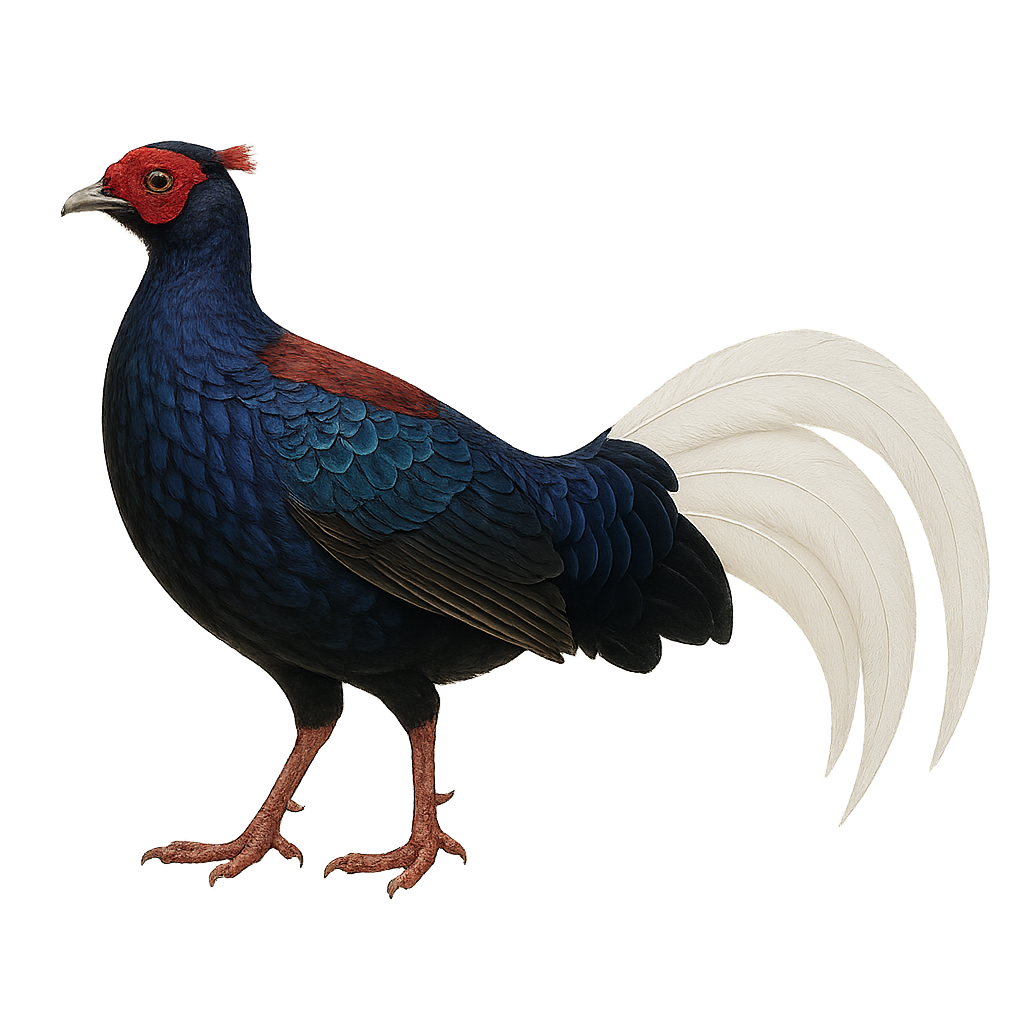Your wildlife photography guide.
Explore the swinhoe's pheasant in detail, study its behavior, prepare your shots.
Where to observe and photograph the swinhoe's pheasant in the wild
Learn where and when to spot the swinhoe's pheasant in the wild, how to identify the species based on distinctive features, and what natural environments it inhabits. The WildlifePhotographer app offers tailored photography tips that reflect the swinhoe's pheasant’s behavior, helping you capture better wildlife images. Explore the full species profile for key information including description, habitat, active periods, and approach techniques.
Swinhoe's Pheasant
Scientific name: Lophura swinhoii

IUCN Status: Near Threatened
Family: PHASIANIDAE
Group: Birds
Sensitivity to human approach: Suspicious
Minimum approach distance: 10 m
Courtship display: April to May
Incubation: 25-27 jours
Hatchings: April to June
Habitat:
Mountain forests, humid areas, dense undergrowth
Activity period :
Primarily active during the day, with peak activity in the morning and late afternoon.
Identification and description:
The Swinhoe's Pheasant, Lophura swinhoii, is an endemic species of pheasant found in Taiwan. This stunning bird is easily identifiable by its striking plumage: the male boasts a metallic blue coat with greenish hues, a long white tail, and red wattles around the eyes. The female is more subdued, with a primarily brown plumage and subtle patterns. This pheasant primarily inhabits the mountainous forests of the island, favoring dense and humid areas. It is often seen foraging on the ground, feeding mainly on seeds, fruits, and insects. Although its habitat is limited, it is relatively common in protected areas.
Recommended lens:
400 mm – adjust based on distance, desired framing (portrait or habitat), and approach conditions.
Photography tips:
To photograph the Swinhoe's Pheasant, it is advisable to use a telephoto lens of at least 400mm to capture detailed images without disturbing the bird. The mountainous forests where it resides often provide dim lighting, so adjust your ISO settings accordingly to avoid motion blur. Be patient and discreet, as these birds can be suspicious. Early morning hours are best for optimal lighting and observing the most active behaviors.
The WildlifePhotographer App is coming soon!
Be the first to explore the best nature spots, track rutting seasons, log your observations, and observe more wildlife.
Already 1 430 wildlife lovers subscribed worldwide

